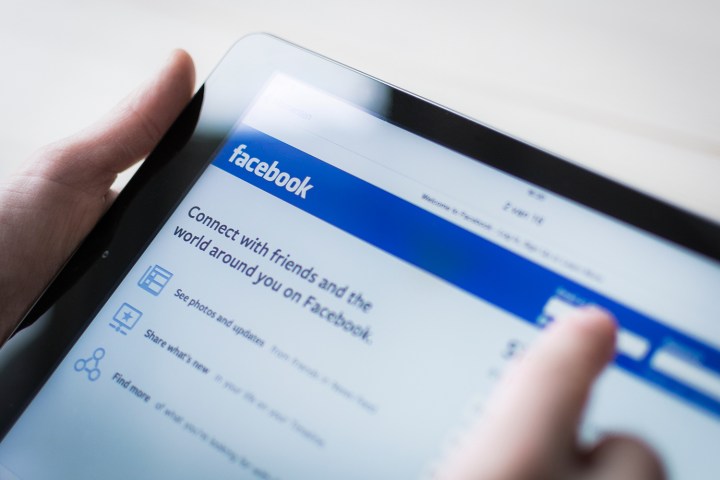
Following successive blunders last month, the algorithm tasked with compiling the platform’s most talked-about topics served users an unscrupulous tabloid article on Friday. The story in question claimed the September 11 attacks were caused by “bombs … planted in [the] Twin Towers.”
Facebook deleted the post after being notified about the error by Washington Post reporter Abby Ohlheiser. “We’re aware a hoax article showed up there,” a Facebook spokeswoman said in a statement on Friday, “and as a temporary step to resolving this we’ve removed the topic.”
Facebook removed human editors. (https://t.co/PdljXr2Cry) Now it is telling me 9/11 was caused by bombs, not planes. pic.twitter.com/X7Ug9khNVR
— Jessica Contrera (@mjcontrera) September 9, 2016
The article’s contents adhered to the tenets of the 9/11 Truth movement, whose supporters (known as “truthers”) reject the generally accepted account of the collapse of the World Trade Center. A quick look at the Trending sidebar in its present state shows the September 11 anniversary topic has now been paired with an altogether more appropriate preview article.
The slip-up arrives in the wake of Facebook’s introduction of a more autonomous Trending feed, supposedly free from the errors (and bias) of human judgment. Since then, the algorithm has made back-to-back blunders, first publishing a false article claiming Fox News had fired its anchor Megyn Kelly. Then, in a matter of hours, allowing a hashtag related to an obscene video to slip through its system.
Facebook claims human editors are still involved in the fine-tuning of its Trending feed, but on a reduced scale. However, it is still unclear what exactly its employees are responsible for. If they are in charge of vetting the feed, then that raises even more questions as to how these slip-ups keep occurring.
Editors' Recommendations
- Facebook’s new controls offer more customization of your Feed
- Facebook yanks large QAnon conspiracy group off platform


